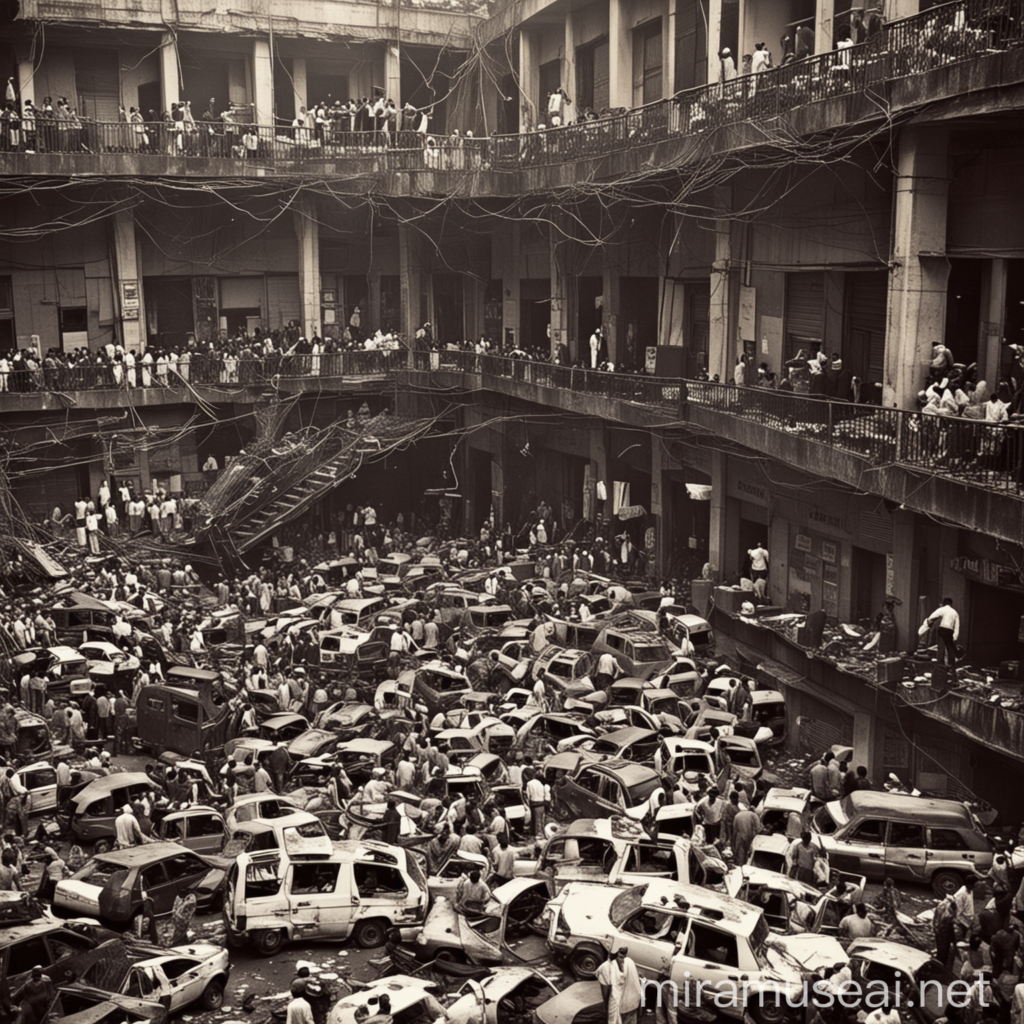Rabindranath Tagore, often hailed as the Bard of Bengal, stands as one of the towering figures of Indian literature, music, and art. His multifaceted contributions encompass poetry, fiction, essays, music, and painting, earning him international acclaim and the prestigious Nobel Prize in Literature in 1913. This essay provides a concise overview of Tagore’s life, his literary and artistic works, and his enduring legacy.
- Early Life and Education:Rabindranath Tagore was born on May 7, 1861, in Calcutta (now Kolkata), into a prominent Bengali family renowned for its cultural and intellectual heritage. He received his early education at home under the tutelage of private tutors, imbibing a love for literature, music, and nature from an early age.
- Literary Career and Major Works:Tagore’s literary career began in his teenage years when he started writing poetry and short stories in Bengali. His poetic masterpiece, “Gitanjali” (Song Offerings), a collection of poems reflecting on spirituality, nature, and the human condition, brought him international fame and earned him the Nobel Prize in Literature.Apart from poetry, Tagore excelled in various other literary genres. His novels, such as “Gora,” “Ghare-Baire” (The Home and the World), and “Chokher Bali” (A Grain of Sand), explore complex themes of identity, nationalism, and social reform in colonial India. He also wrote numerous short stories, essays, and plays, showcasing his versatility as a writer.
- Musical and Artistic Endeavors:Tagore was not only a prolific writer but also a gifted musician and composer. He composed thousands of songs, known as Rabindra Sangeet, which blend elements of Indian classical music with his own lyrical poetry. His compositions reflect a deep spiritual and philosophical insight, capturing the essence of human emotions and experiences.In addition to his literary and musical pursuits, Tagore was also an accomplished painter. His artworks, characterized by vibrant colors and fluid brushstrokes, often depict scenes from nature, mythology, and everyday life. Tagore’s paintings convey a sense of mysticism and transcendence, echoing the themes of his poetry and music.
- Educational Philosophy and Social Reform:Tagore was a visionary thinker who emphasized the importance of holistic education and the cultivation of individual creativity and expression. He founded Visva-Bharati University in Santiniketan, West Bengal, as an experimental institution that combined Western and Indian educational principles, fostering a spirit of intellectual inquiry and cultural exchange.Tagore was also deeply engaged in social reform movements, advocating for women’s rights, rural development, and communal harmony. His writings and speeches addressed pressing social issues of his time, challenging orthodoxies and promoting a vision of a more inclusive and humane society.
- Legacy and Global Influence:Rabindranath Tagore’s influence transcends geographical and cultural boundaries, making him a revered figure not only in India but also around the world. His literary works have been translated into numerous languages and continue to inspire readers across generations.Tagore’s legacy extends beyond literature and art, encompassing his vision of universal humanism and cultural exchange. He remains a symbol of India’s rich intellectual and artistic heritage, embodying the spirit of creativity, compassion, and enlightenment.
Conclusion:
Rabindranath Tagore’s life and works represent a synthesis of the spiritual, intellectual, and artistic traditions of India, blending Eastern mysticism with Western modernism. His profound insights into the human condition, coupled with his advocacy for social reform and cultural revitalization, continue to resonate with audiences worldwide. As we reflect on Tagore’s enduring legacy, we are reminded of the transformative power of literature, music, and art in shaping hearts, minds, and societies.






